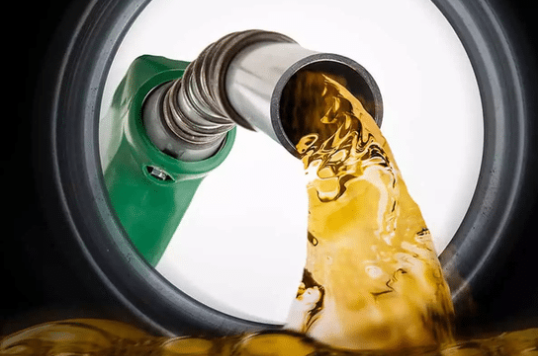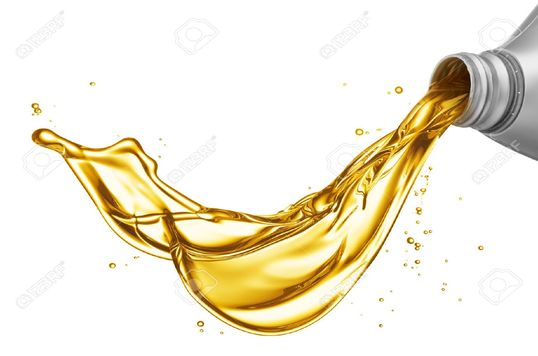You may have heard manufacturers using acronyms such as SOHC and DOHC when looking at a motorcycle's specification board. It's called a SOHC (Single Overhead Camshaft) engine if the engine has a singular camshaft, and it's called a DOHC (Double Overhead Camshaft) engine if the engine has double camshafts. Each engine, either air-cooled or liquid-cooled, includes camshafts that are specifically designed to open the inlet and exhaust valves. The camshafts were mounted below the engine block in earlier versions and were recognized as OHVS or Overhead Valve Engines. In OHV, with the aid of pushrods and rockers, the valves on the engine were controlled and were also called pushrod engines. There are also fewer moving elements in OHCS compared to OHVS.

SOHC Engine:
As we already know, SOHC engines only have a single camshaft and both the inlet and exhaust valves are powered by the singular camshaft. SOHC engines generate less power than DOHC engines in comparison. But the benefit of providing a configuration for the SOHC engine is that it is faster and easier to build, as well as lighter than DOHC engines. Also, since this design requires fewer components, maintenance costs are usually lower than the DOHC engines.
Also Read: CARBURETED VS FUEL-INJECTED ENGINE
DOHC Engine:
Two camshafts are available in DOHC engines, one that controls the inlet valves and the other that operates the exhaust valves. As they have more direct control over valve lift and timing, DOHC engines are known to be more flexible in design and are usually the go-to for multi-valve engines. Engineers can position the intake and exhaust valves as far apart as required in such multi-valve systems, as each set of valves is operated by its own cam. In a SOHC configuration, this choice is minimal.
Also Read: LIQUID COOLED ENGINES VS. AIR COOLED ENGINES? WHAT'S THE DIFFERENCE?
Which should you choose? DOHC Engine or SOHC Engine
Based on different variables, such as fuel efficiency, valve function, and general operation, we will evaluate them.
Valve Timing
In DOHC, valve timing can be conveniently optimized. The synchronization of the valves is important for the engine's output and efficiency. To maximize the operation of valves, the majority of modern car engines are fitted with variable valve timing technology. Since SOHC has a single camshaft for both the inlet and exhaust valves, the valve timing is much less controlled, whereas the timings can be more optimized in DOHC since there are different inlet and exhaust valve shafts.
Fuel efficiency
You have a double-set of valves in each DOHC head. Improved valve management leads to the better use of fuel and this, in essence, increases performance. However, when it comes to fuel economy, other considerations play a part, such as the age of the vehicle, the driver's expertise, and gear transmission.
The SOHC was simply referred to as the OHCC until the DOHC's introduction (overhead camshaft). In the SOHC, with the valves above, the camshaft is positioned above the cylinder head. The shim situated between the stem of the valve and the lobe of the cam controls the valves' opening and closure.
There are always two or three valves per cylinder in traditional SOHC engines. You have two camshafts in the DOHC that equate to two cams per head of a cylinder. You will have four valves per cylinder in this situation. The downside to having two camshafts and more valves is that it provides the vehicle with more weight.
Spark plugs
In DOHC vs. SOHC, another aspect is that the spark plugs can be located in the middle of the combustion chamber. Fuel quality by increased combustion is the result. In SOHC, both the intake and exhaust are powered by the camshaft and must therefore be mounted in the center of the combustion chamber.
This means that the spark plugs are not strategically placed, and their output is hampered by this.
Performance
Due to the DOHC engine's increased weight, a SOHC engine with 16 valves generates greater torque than a DOHC with the same number of valves. But at faster speeds, the DOHC can produce more horsepower. Although the DOHC has more top-end power, the SOHC has stronger low-end torque and the two retain the same number of valves.
The DOHC motor favors technical development in valve timing. Studies suggest that the number of valves does not greatly affect output at low rpm, but an engine with more valves performs better with a transition to the next gear.
The excess weight is the hindrance to making more valves. You ought to adjust the springs of the valves to make them stiffer. This, in essence, produces more friction from the valve, meaning that the energy is used to overcome the extra pressure. At low rpm, smaller valves induce lower intake velocity since a large valve ensures that the valves experience less strain.
Also Read:
NEW UPCOMING BIKES IN NEPAL 2020 | SPECS, PRICE EXPECTATION
5 BIKE CARE AND MAINTENANCE TIPS TO KEEP YOUR BIKE FOREVER NEW
THE BEST OFF-ROAD BIKES IN NEPAL
NEW UPCOMING BIKES IN NEPAL 2020 | SPECS, PRICE EXPECTATION
WHAT ARE HYBRID ELECTRIC CARS AND HOW DO THEY WORK?
THINGS TO CONSIDER WHILE BUYING A MICROWAVE OVEN
Compiled by :

Upasana Poudel








